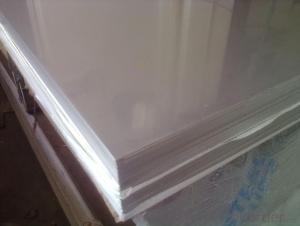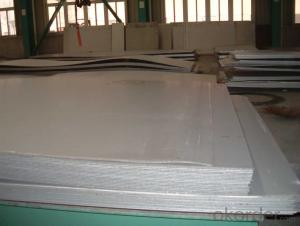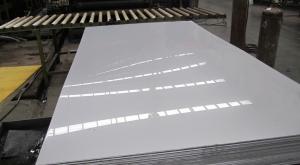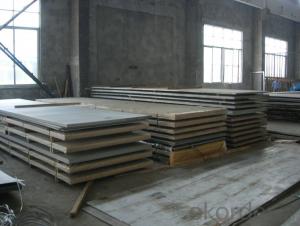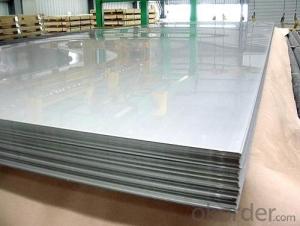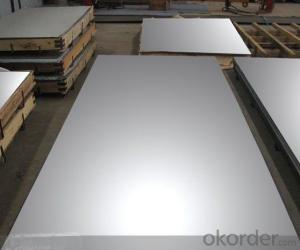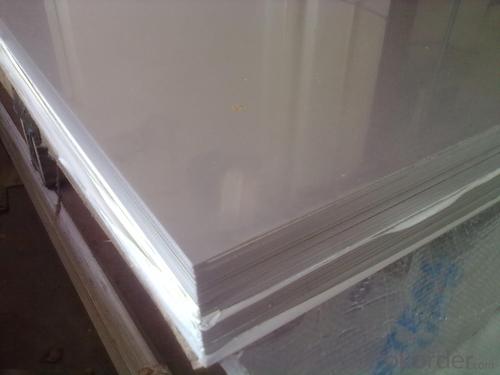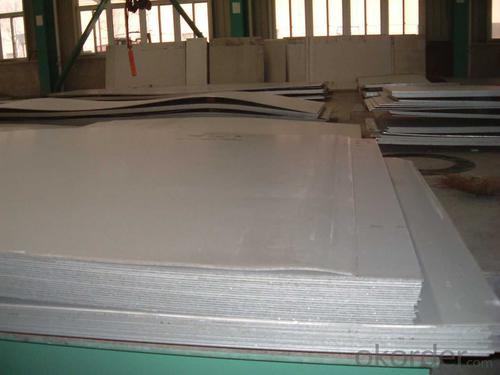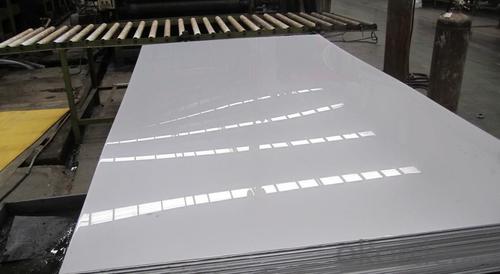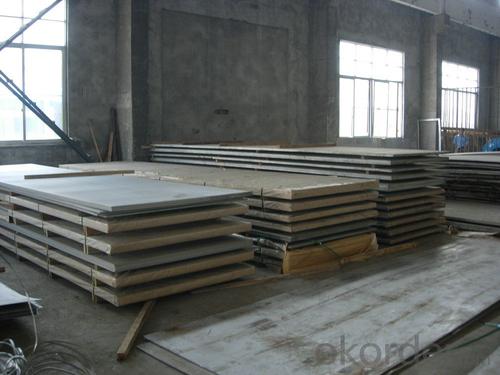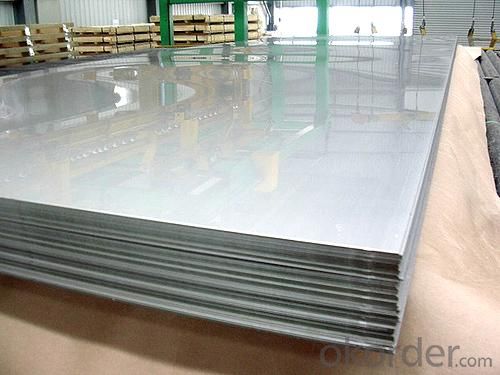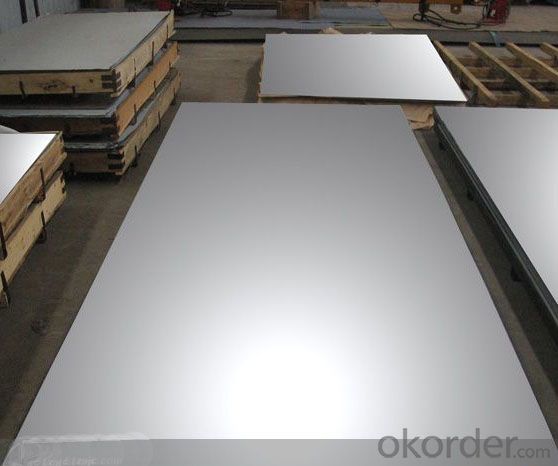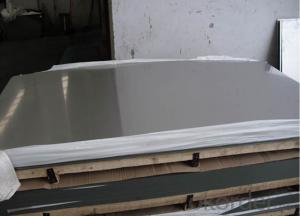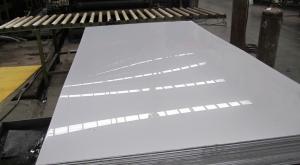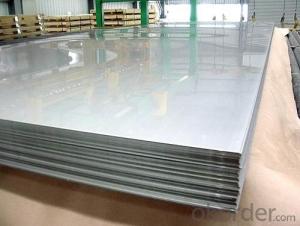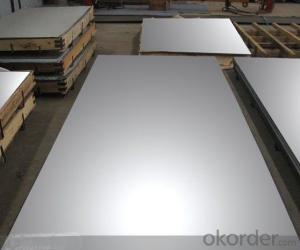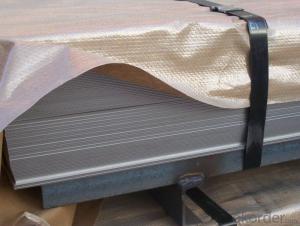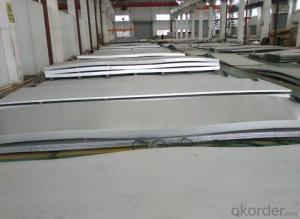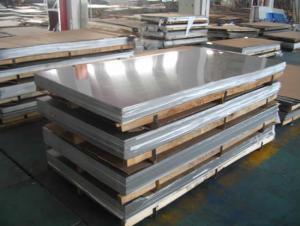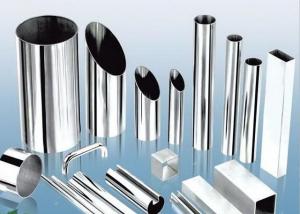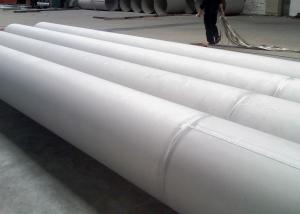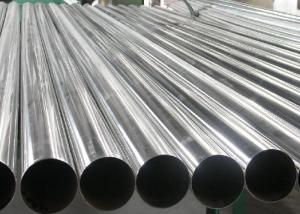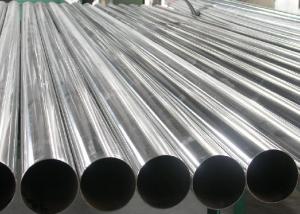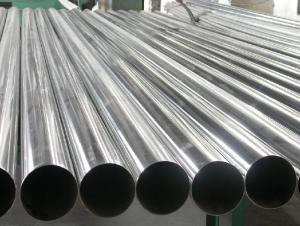Stainless Steel Sheet with Mill Test Certificate
- Loading Port:
- Shanghai
- Payment Terms:
- TT OR LC
- Min Order Qty:
- 10000 m.t.
- Supply Capability:
- 5000000 m.t./month
OKorder Service Pledge
OKorder Financial Service
You Might Also Like
Hot sale stainless steel sheet 201/202/304/304l/316/316l/430 in china alibaba
Product Description
Stainless steel sheet Detailed introduction
Description | steel sheet,hot rolled steel sheet,cold rolled steel sheet, steel sheet,sheet,steel plate |
Standard | ASME, ASTM, EN ,BS,GB,DIN, JIS etc |
Application | Steel sheet applies to construction field, ships building industry, petroleum & chemical industries, war and electricity industries, food processing and medical industry, boiler heat exchanger, machinery and hardware fields. |
Packaging | Standard export sea-worthy packing |
Delivery time | 10-30 days |
Quality | No.1 |
Productivity | 500 tons/Day |
Note | Our company has cooperative relation between the domestic agents. Stainless steel sheet can be made accordingto the customers requirements. Fasten delivery. Quality assured. |
Contacts | If you have any question,please feel free contact me. |
Stainless steel sheet surface finish characteristics
Surface finish | Characteristics and application |
2B | The surface brightness and flatness of no2B is better than no2D. then through a special surface treatment to improve its mechanical properties,No2B could nearly satisfy comprehensive uses. |
No.1 | Polished with abrasive belt of grit#100-#200, have better brightness with discontinuous coarse stria, used as inner and external ornaments for building, electrical appliances and kitchen utensils etc. |
No.4 | Polished with abrasive belt of grit #150-#180,have better brightness with discontinuous coarse stria, but thinner than No3, are used as bathtub buildings inner and external ornaments electrical appliances kitchen utensils and food processing equipment etc. |
HL | Polished with abrasive belt of grit #150-#320 on the NO.4 finish and has continuous streaks, mainly used as buildings ornaments elevators, door of building, frontal plate etc. |
BA | Cold rolled, bright annealed and skin-passed, the product have excellent brightness and good reflexivity like mirror, kitchen apparatus, ornament etc. |
8K | The product have excellent brightness and prefer reflexivity can to be the mirror. |
Application :
•Escalator, Elevator, Doors
•Furniture
•Production tools, Kitchen appliances, freezers, cold rooms
•Auto Parts
•Machinery and Packaging
•Equipment and Medical devices
•Transport system
Product Details:
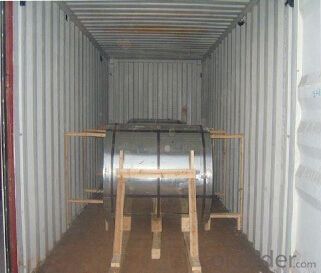
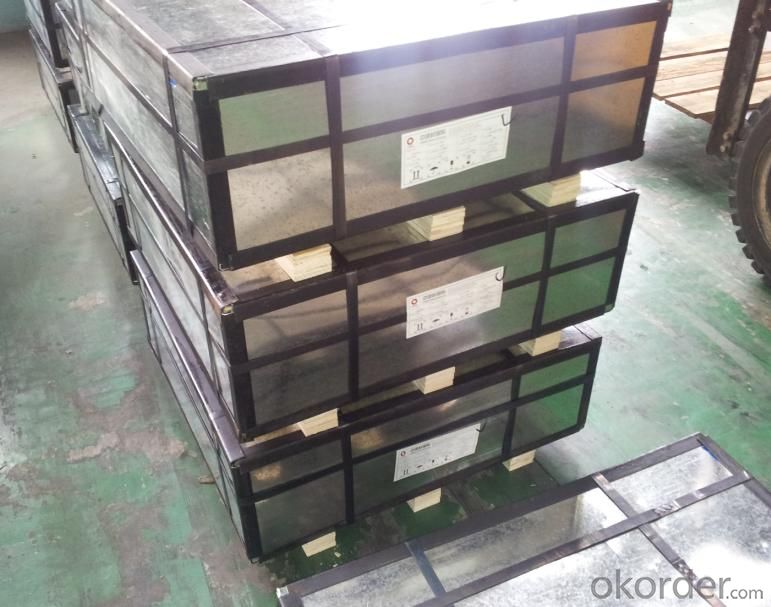
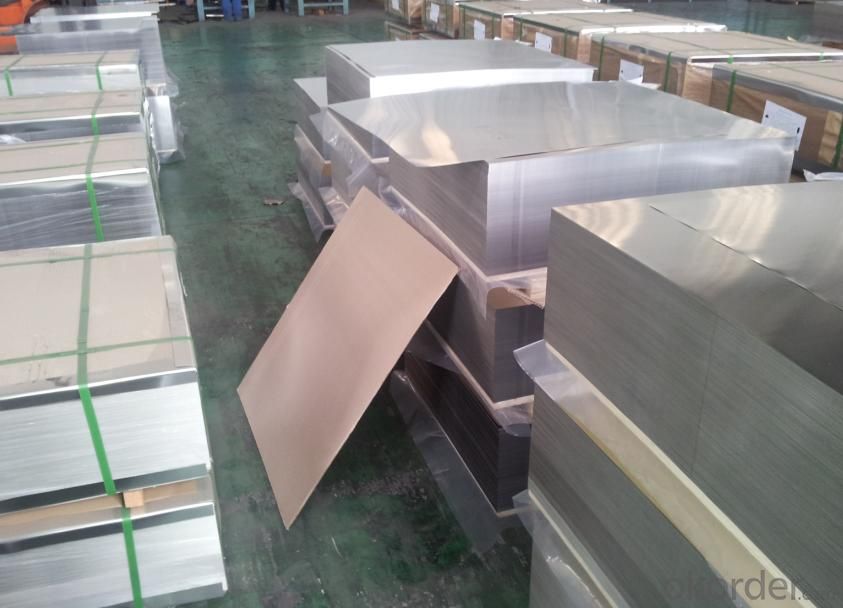
Sandard Seaworth Packing(wooden packing with water proof paper)


If you have any question about stainless steel sheets,donot forget to sending the email to Us! You will get the competitive Price and have a very good experience about the Buying Process! CNBM International Corporation is always your trustful friend!
- Q: What is the corrosion resistance of stainless steel sheets in saltwater?
- Stainless steel sheets have excellent corrosion resistance in saltwater due to their high levels of chromium and nickel, which form a protective oxide layer on the surface. This oxide layer acts as a barrier against the corrosive effects of saltwater, making stainless steel sheets highly resistant to rust and corrosion in marine environments.
- Q: Can stainless steel sheets be cold rolled?
- Indeed, it is possible to cold roll stainless steel sheets. The cold rolling process involves passing a stainless steel sheet through a sequence of rollers at ambient temperature, leading to a decrease in thickness and an augmentation in both hardness and strength. By employing this technique, one can create stainless steel sheets with accurate measurements and impeccable surface textures. Cold rolling is widely utilized in the production of stainless steel sheets, catering to diverse sectors including automotive parts, kitchen devices, and architectural constructions.
- Q: How do you prevent fingerprints on stainless steel sheets?
- To prevent fingerprints on stainless steel sheets, there are several steps you can take: 1. Clean the surface: Before taking any preventive measures, make sure to thoroughly clean the stainless steel sheets using a mild detergent or stainless steel cleaner. This will remove any existing fingerprints or smudges. 2. Use gloves: When handling stainless steel sheets, wear gloves to prevent transferring natural oils from your hands onto the surface. Opt for cotton or nitrile gloves, as they provide a good grip and won't leave behind residue. 3. Avoid touching directly: Try to minimize touching the stainless steel surface as much as possible. This can be achieved by using specialized tools or wearing gloves when handling and installing the sheets. 4. Apply a protective coating: There are various protective coatings available in the market specifically designed for stainless steel. These coatings create a barrier that repels fingerprints and makes cleaning easier. Follow the manufacturer's instructions for proper application. 5. Use microfiber cloth: When you need to clean the stainless steel sheets, use a soft microfiber cloth. Microfiber is gentle on the surface and helps prevent streaks and fingerprints. Avoid using abrasive materials or rough scrubbers that can damage the stainless steel finish. 6. Regular cleaning routine: Establish a regular cleaning routine to remove any fingerprints or smudges that may appear over time. Dilute a mild detergent in warm water and use a soft cloth or sponge to wipe down the stainless steel sheets. Rinse with clean water and dry thoroughly. By following these preventive measures and cleaning techniques, you can significantly reduce the appearance of fingerprints on stainless steel sheets and keep them looking clean and pristine.
- Q: Are stainless steel sheets suitable for architectural mesh or screens?
- Yes, stainless steel sheets are highly suitable for architectural mesh or screens. They possess excellent durability, corrosion resistance, and aesthetic appeal, making them ideal for various architectural applications. Additionally, stainless steel sheets offer flexibility in design, allowing for intricate patterns and shapes in architectural mesh or screens.
- Q: Are stainless steel sheets suitable for cryogenic storage tanks?
- Yes, stainless steel sheets are suitable for cryogenic storage tanks. Stainless steel has excellent mechanical properties and high resistance to corrosion, making it an ideal material for storing low-temperature substances in cryogenic conditions.
- Q: How do you remove fingerprints from stainless steel sheets?
- If you want to remove fingerprints from stainless steel sheets, there are several effective methods to consider: 1. Begin by using warm soapy water and a soft cloth or sponge. Dampen the cloth or sponge and gently rub the affected area in circular motions. Afterward, rinse the cloth or sponge and wipe away any soap residue. Finally, dry the stainless steel sheet using a clean, lint-free cloth. 2. Another option is to create a vinegar solution by mixing equal parts white vinegar and water in a spray bottle. Directly spray the solution onto the fingerprints and allow it to sit for a few minutes. Then, use a soft cloth to wipe the surface in circular motions, ensuring to follow the grain of the stainless steel. Rinse the cloth and remove any remaining vinegar. Thoroughly dry the sheet. 3. You can also try using a small amount of glass cleaner sprayed onto a soft cloth. Gently rub the fingerprints in circular motions, following the grain of the stainless steel. Repeat if necessary, rinsing the cloth and reapplying cleaner as needed. Finally, dry the surface with a clean cloth. 4. If you prefer, there are various commercial stainless steel cleaners available that effectively eliminate fingerprints. Follow the instructions on the product and apply it to the affected areas. Use a soft cloth to wipe the surface, following the grain of the stainless steel, and buff it to achieve a shine. Always read and adhere to any safety precautions mentioned on the product. Remember to test any method on a small, inconspicuous area first to ensure it does not cause damage or discoloration to the stainless steel sheet. Additionally, avoid using abrasive cleaners or scrub brushes as they can scratch the surface. By properly caring for and regularly cleaning your stainless steel sheets, you can maintain a shiny, fingerprint-free appearance.
- Q: What are the benefits of using diamond plate stainless steel sheets?
- Diamond plate stainless steel sheets offer several benefits. Firstly, they provide exceptional durability due to their rugged diamond pattern, making them resistant to wear and tear. This makes them ideal for heavy-duty applications and high-traffic areas. Secondly, the raised diamond pattern enhances slip resistance, ensuring a safer working environment. Additionally, diamond plate stainless steel sheets are corrosion-resistant, making them suitable for outdoor or wet environments. They are also easy to clean and maintain, making them a practical choice for a variety of industries. Overall, their strength, durability, slip resistance, and corrosion resistance make diamond plate stainless steel sheets a reliable and long-lasting option.
- Q: What are the different types of edges available for stainless steel sheets?
- There are several different types of edges available for stainless steel sheets, each with its own specific purpose and aesthetic appeal. Here are some of the common edge types: 1. Mill Edge: This is the standard edge finish produced by the mill, which is often considered the most cost-effective option. It has a relatively smooth, unfinished appearance. 2. Slit Edge: This edge is achieved by cutting the stainless steel sheet along its length, resulting in a straight edge with slight burrs. It is commonly used for thinner gauges of stainless steel. 3. Deburred Edge: This edge is created by removing any burrs or sharp edges from the slit edge, resulting in a smoother finish that is safer to handle. It is commonly used in applications where safety is a concern, such as food processing or medical equipment. 4. Rounded Edge: This edge is achieved by rounding off the sharp corners of the stainless steel sheet. It provides a more aesthetically pleasing look and also improves safety by eliminating sharp edges. 5. Beveled Edge: This edge is created by cutting a diagonal bevel along the edge of the stainless steel sheet. It is often used for decorative purposes and can add a touch of elegance to the finished product. 6. Rolled Edge: This edge is formed by rolling the stainless steel sheet under high pressure, resulting in a smooth, curved edge. It is commonly used in applications where a seamless look is desired, such as architectural projects or automotive components. Overall, the choice of edge type for stainless steel sheets depends on the specific requirements of the application, including functionality, safety, and aesthetics. It is important to consider these factors in order to select the most suitable edge type for the desired end use.
- Q: How do you form stainless steel sheets into different shapes?
- Stainless steel sheets can be formed into different shapes through various processes such as bending, rolling, and welding. The specific method used depends on the desired shape and the thickness of the stainless steel sheet. Bending is a common method used to form stainless steel sheets into shapes such as cylinders or boxes. This process involves clamping the sheet between a punch and a die and applying force to create the desired bend. The angle and radius of the bend can be controlled by adjusting the pressure and the distance between the punch and die. Rolling is another technique employed to form stainless steel sheets into curved or cylindrical shapes. This process involves passing the sheet through a set of rollers, which gradually bend the material into the desired shape. The diameter and curvature of the final shape can be adjusted by changing the spacing and alignment of the rollers. For more complex shapes, welding is often used in conjunction with bending or rolling. In this process, multiple stainless steel sheets are joined together using heat and pressure to create the desired form. This allows for the creation of intricate shapes, such as cones or irregular geometries. In addition to these methods, specialized equipment such as hydraulic presses or hydroforming can also be utilized to form stainless steel sheets into different shapes. These techniques involve applying high pressure or fluid pressure to the sheet, resulting in deformation and the desired shape. It is important to note that forming stainless steel sheets requires skilled operators and precise machinery to ensure accuracy and quality. Additionally, the properties of the stainless steel, such as its thickness and composition, can also influence the feasibility and success of the forming process.
- Q: Can stainless steel sheets be used in outdoor applications?
- Yes, stainless steel sheets can be used in outdoor applications. Stainless steel is highly resistant to corrosion and rust, making it an ideal material for outdoor use. It can withstand exposure to various weather conditions and is commonly used in outdoor structures, appliances, and decorative elements.
Send your message to us
Stainless Steel Sheet with Mill Test Certificate
- Loading Port:
- Shanghai
- Payment Terms:
- TT OR LC
- Min Order Qty:
- 10000 m.t.
- Supply Capability:
- 5000000 m.t./month
OKorder Service Pledge
OKorder Financial Service
Similar products
Hot products
Hot Searches
Related keywords
